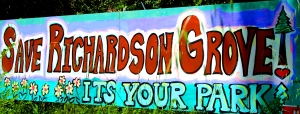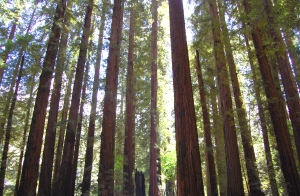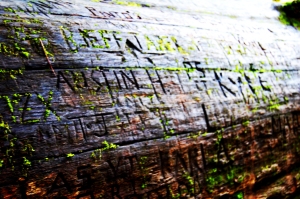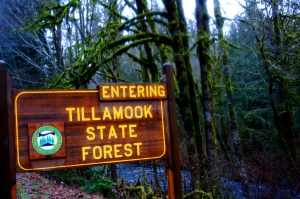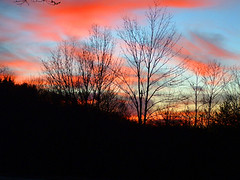Sequential: A Different Approach to Fuel
July 28, 2011 Leave a comment
Sequential Biofuels is an Oregon-based company that uses collected and harvested oils to create a cheaper, cleaner-burning alternative to regular gasoline. They sell bioethanol, biodiesel and a biodiesel blend, so almost any car can fill up.
Switching to biofuel is definitely not a solution to the global energy crisis, but Sequential’s business model is worth noting. First, Sequential Pacific Biodiesel collects waste cooking oil and harvests Oregon-grown canola. Then, five million gallons of fuel per year are produced by a chemical process called transesterifiation in the Salem, Oregon production facility.
:::::: ::: ::::::::::
:::::::::: 
Whether biofuels are an environmentally friendly petroleum replacement is debatable. Collecting waste cooking oil is much more sustainable than growing agricultural feedstocks like canola, sugar cane and corn for the purpose of manufacturing biofuel. This is because agricultural feedstocks require large amounts of land and energy to produce. Click here to find a used cooking oil collection station near you. Restaurants and individuals can use this service.
Whether or not to support Sequential and business models of the like is your prerogative. Regular gasoline uses non-renewables, requires drilling and creates exhaust that is harmful to the surrounding air shed and ozone layer. There’s also the problem of gasoline storage (see my 1/29/11 post). Biofuel is associated with agricultural pollution, CO2 emissions, high food prices, deforestation and even famine. Electric vehicles have fewer emissions, but plug into the energy grid, relying on energy sources like coal, natural gas, hydro, nuclear, geothermal and biomass. I’d love to ride around in one of these solar powered cars. Until then, you can find me on my bike (most of the time).
I shot the above photos at the Sequential station in Eugene, Oregon. Note the 244 solar panels that provide 30-50% of the station’s electrical power, the organic food selection and the living roof, which helps prevent storm water runoff!



